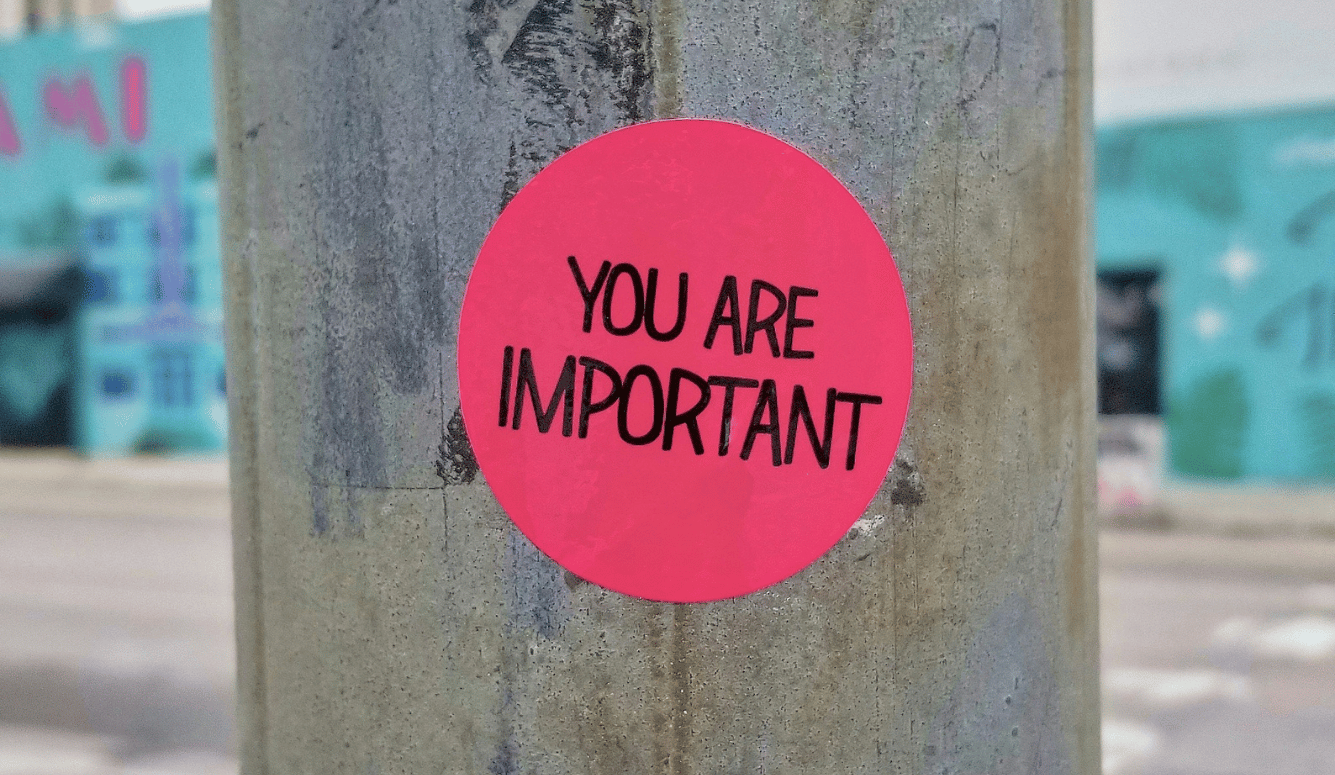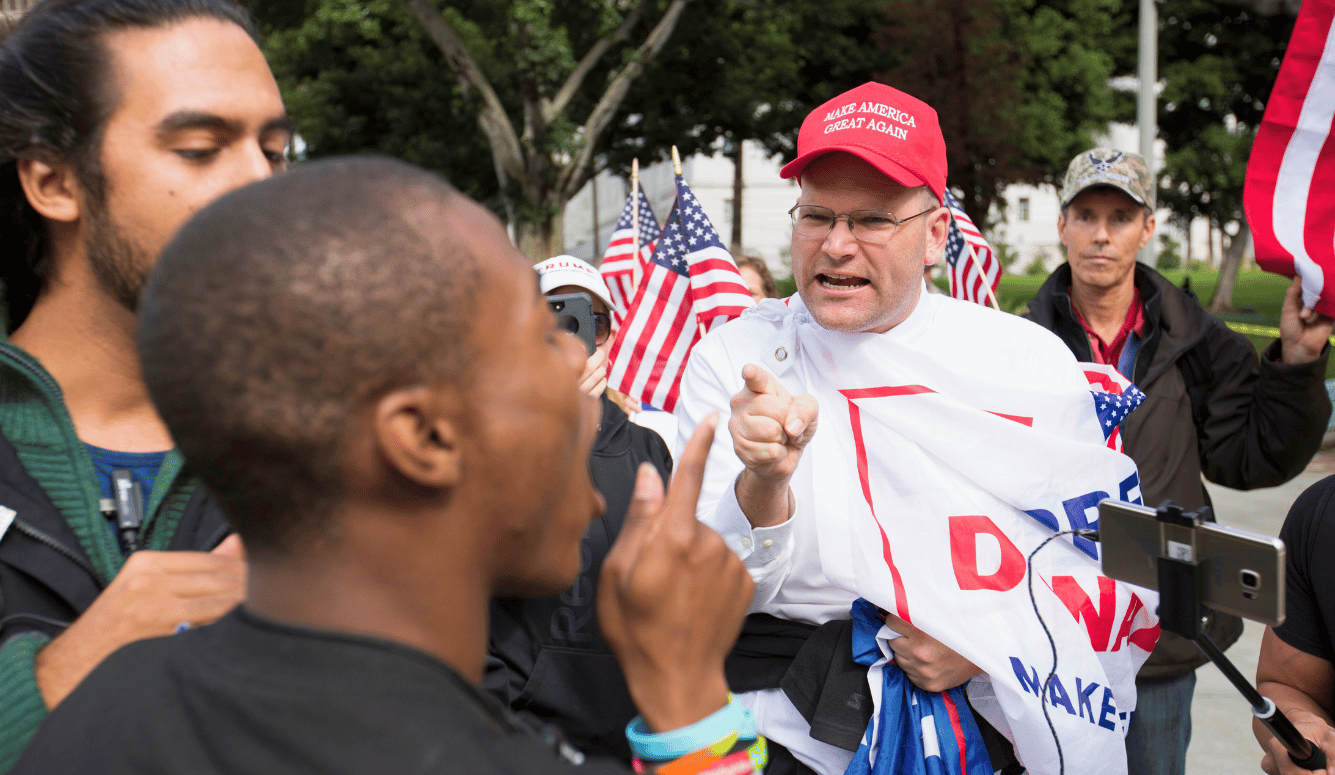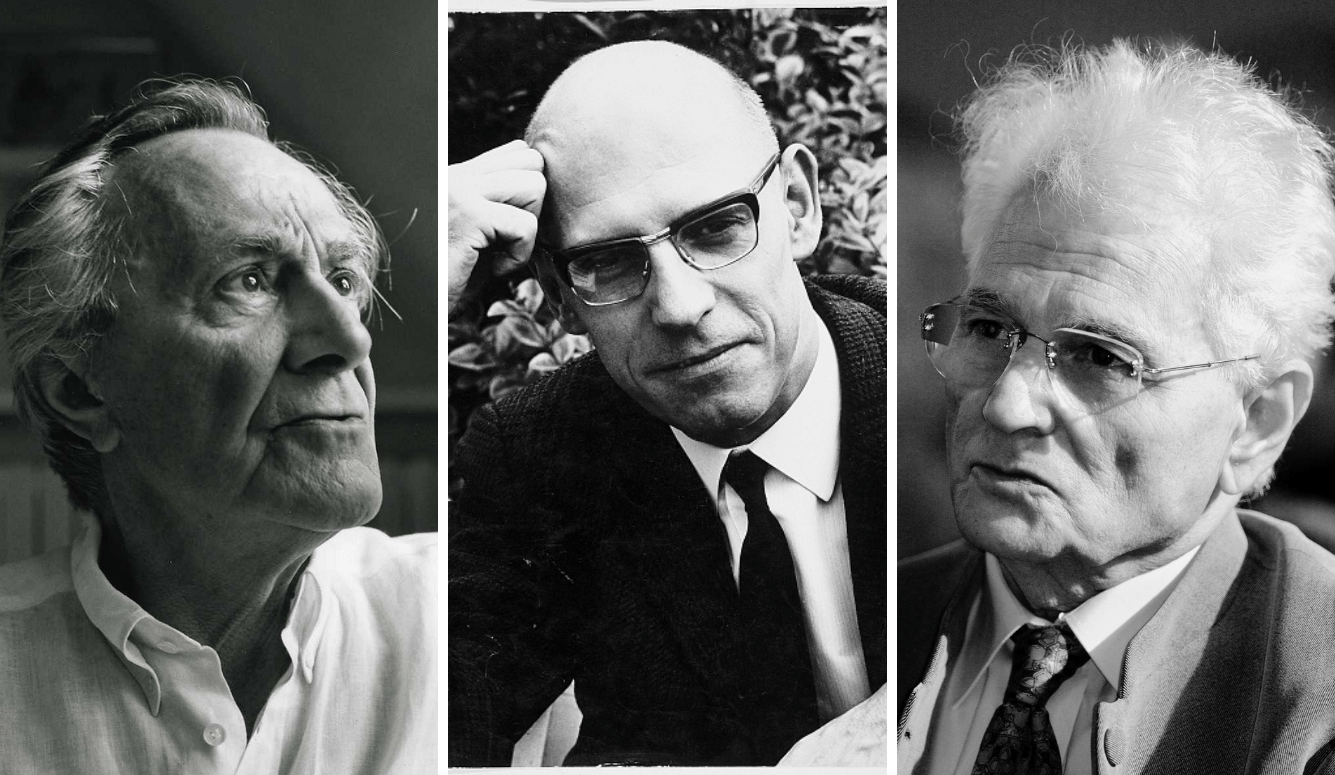Art and Culture
Purity and Tolerance: The Contradictory Morality of College Campuses
Moral cultures reflect their social structures, and victimhood culture is no different: It occurs in a context where there is cultural diversity, social equality, and stable authority.

Increasingly college students throughout the United States complain of perceived slights they call microaggressions, they demand safe spaces where they can be protected from harmful ideas, and they ask for trigger warnings to alert them to course material that might cause discomfort. We have argued that these are all manifestations of victimhood culture — a morality in which people display a high sensitivity to slight, handle conflicts by appealing to authorities, and seek to portray themselves as weak and in need of help. Older moral injunctions to ignore minor and unintentional offenses get cast aside, and those who successfully identify as victims or allies of victims gain a kind of moral status.
Moral cultures reflect their social structures, and victimhood culture is no different: It occurs in a context where there is cultural diversity, social equality, and stable authority. Victimhood culture thrives on modern college campuses because these conditions are present. Yet as the contributors at Heterodox Academy have pointed out, the diversity of race, ethnicity, and gender expression at college campuses is counterbalanced by a homogeneity of political views. And though this is not something we’ve discussed previously, we believe the presence of one form of homogeneity amid other forms of diversity shapes conflict on college campuses and is crucial to understanding the moral climate we see there. To see why, consider how the presence or absence of diversity shapes morality.
The Morality of Homogeneity and Diversity
According to Donald Black, author of Moral Time, conflict results from sociological change — changes in intimacy, equality, or diversity. Increases and decreases in intimacy cause conflict: We might express anger at someone for ending a relationship, but also complain about those who act too familiar and pry into our business. Increases and decreases in equality also cause conflict: Disputes arise when someone challenges a superior or rises above an equal. And the same goes for our focus here: changes in diversity. Overdiversity — which in Black’s parlance refers to any increase in diversity such as the expression of a new idea or contact between two previously separate cultural groups — is a potent source of conflict. So too is underdiversity — any decrease in diversity, or any attempt to decrease it, such as through the suppression of a cultural expression or a cultural group. Minor acts of underdiversity include ethnic or religious slights and slurs, while more extreme acts include enforced conformity and genocide.
How much conflict any offense causes — the extent to which it elicits moral outrage — depends in part on the context in which it occurs. For example, overdiversity is worse in homogeneous settings; underdiversity is worse in diverse settings.
Environments with little diversity, Black says, give rise to a morality concerned with cultural purity. To be moral is to share the beliefs of one’s ancestors, one’s family, one’s neighbors. Given enough homogeneity, deviations may hardly occur — people either self-censor any deviant thoughts, or they are so like those around them they never have them in the first place. This appears to be the case in the most homogeneous societies, tribal societies. In more complex but still homogeneous societies, new ideas have a better chance to emerge, but they quickly become the object of rejection, ridicule, or worse. Heresy becomes a serious offense, possibly resulting in torture and execution. In many settings throughout human history, being culturally different was a serious crime.
Environments with a lot of diversity, on the other hand, give rise to a morality of tolerance. Free speech and freedom of religion become rights. Heresy is no longer a crime, much less a capital crime, and outside of smaller, more solidary groups, it is no offense at all. To be moral is to respect and even value others’ differences. Indeed, what is offensive is opposition to diverse cultural expressions and characteristics. Discrimination in the workplace based on religion or ethnicity is forbidden, and even in informal settings, ethnic slurs and the like result in shaming or shunning. In this respect the morality of diverse modern societies is exactly opposite that of most tribal and traditional societies. Condemning someone for being culturally different is itself widely condemned.
Victimhood and Diversity
Underdiversity, even in the slightest degree, provokes outrage on diverse college campuses. Complaints about slights such as microaggressions arise in highly tolerant environments, where what might be called macroaggressions are rare. Equality is also a factor, as challenges to equality are more offensive in egalitarian environments, just as challenges to diversity are more offensive in diverse environments. Another factor is the presence of authorities such as college administrators. When these authorities intervene to settle disputes, it fosters moral dependency: Aggrieved parties demand intervention rather than handle conflicts themselves.
Thus microaggression complainants demand redress for even minor offenses against disadvantaged cultural groups. Universities are expected to protect students not just from ethnic violence or obvious slurs, but also from being asked where they’re from and other perceived slights. They are expected to protect students from offensive Halloween costumes, from the wearing of sombreros and other acts of cultural appropriation, and from speakers they deem racially or culturally insensitive.

Victimhood and Homogeneity
Moral dependency and hypersensitivity to perceived slights are just what we would expect where there are high levels of diversity, equality, and stable authority. These structural and moral conditions, seen to some extent throughout much of American society, predominate on university campuses. The morality of tolerance there is more extreme because the conditions that facilitate it are present to a greater degree.
Yet some aspects of the victimhood culture on campuses seem to diverge sharply from what we see elsewhere, going beyond just extreme sensitivity to intolerance. Calls for the censorship of conservative speakers or the banning of messages supporting certain candidates in the middle of a political campaign, demands for safe spaces where progressive ideas will go unchallenged, or the vitriol expressed even toward those holding views that would be considered fairly moderate elsewhere seem to reflect a morality concerned with cultural purity and the suppression of heresy.
Likewise some of the statements making it onto the lists of microaggressions are just mainstream conservative or centrist political views, such as “America is a melting pot” or “I believe the most qualified person should get the job.” Consistent with a structure characterized by various forms of diversity, those reacting to deviant ideas frame their reactions as an attempt to fight intolerance, but the reactions are themselves acts of intolerance. This might be puzzling at first, given that we wouldn’t expect this in culturally diverse environments. But there are multiple dimensions of cultural diversity, including ethnic differences, gender differences, religious differences, and political differences. An environment with a diversity of some cultural expressions but a lack of diversity of others may come to combine aspects of what might seem like opposite types of morality, sometimes demanding tolerance, sometimes purity.
The growing intolerance seen on campuses is thus a product of the homogeneity of political views, especially among the faculty, only 12 percent of whom identify as politically conservative. That homogeneity leads to intolerance can be seen in the fact that the reaction to minority political views is most harsh in the sectors of academia with the least diversity. Conservatives are even less represented in the humanities and social sciences, where many faculty members openly identify as activists seeking to advance left-wing political views through their work as scholars and teachers. In The Sacred Project of American Sociology, for example, Christian Smith argues that sociologists are united by a political cause that they treat with the sacredness of a religious movement. This produces solidarity in an otherwise divided discipline, and as one would expect, sociologists react to those challenging the discipline’s sacred project like inquisitors reacting to heresy. Smith gives many examples, including the story of one scholar, someone whose findings were deemed conservative, who was condemned by a colleague on an author-meets-critics panel with the words “You have betrayed us!”
Sociological Technology
Ultimately, neither the hypersensitivity to certain kinds of slights nor the suppression of certain kinds of ideas is conducive either to academic freedom or to the pursuit of knowledge. Whatever its merits in turning our attention to those who are disadvantaged, victimhood culture, at least in its extreme form, is incompatible with the goals of a university.
Those who wish to reverse the spread of victimhood culture should consider the conditions that gave rise to it. Sociological understanding enables those seeking reform to develop effective sociological technologies to alter social life. Change the conditions and change the culture. To be sure, changing every condition wouldn’t be possible and would likely be undesirable. Those of us with concerns about the present moral trends don’t generally want less diversity or less equality, but reducing the omnipresence of adult authority would be an effective way to undermine victimhood and foster greater self-sufficiency among students. In recent decades, administrators and their staff have increased much more rapidly than faculty and students. Reversing this would likely do much to reverse the trend among students toward moral dependence. So would free speech guarantees that would limit campus authorities’ involvement in students’ lives.
Another idea would be to address the homogeneity of political thought and expression on campuses. The most censorious aspects of victimhood culture would begin to dissolve as diversity in this area increased. Tolerance of opposing views — and perhaps even sensitivity toward those holding them — would increase. Restrictions on expression would be minimal, as would the pressure toward conformity that stifles academic research. If these are your goals, you would do well to consider Heterodox Academy’s ideas for increasing viewpoint diversity at universities.
Homogeneity of thought breeds intolerance of disagreement. It is sociologically naïve to expect otherwise. But by decreasing political homogeneity and increasing viewpoint diversity, one can strengthen the right to be different.
See also:
- Campus Culture Wars and the Sociology of Morality
- Microaggression and Moral Cultures
- The New Millennial ‘Morality’: Highly Sensitive and Easily Offended
- Sociology, Morality, and Social Solidarity: On Christian Smith’s Sacred Project of American Sociology
- Victimhood Culture Explains What Is Happening at Emory






